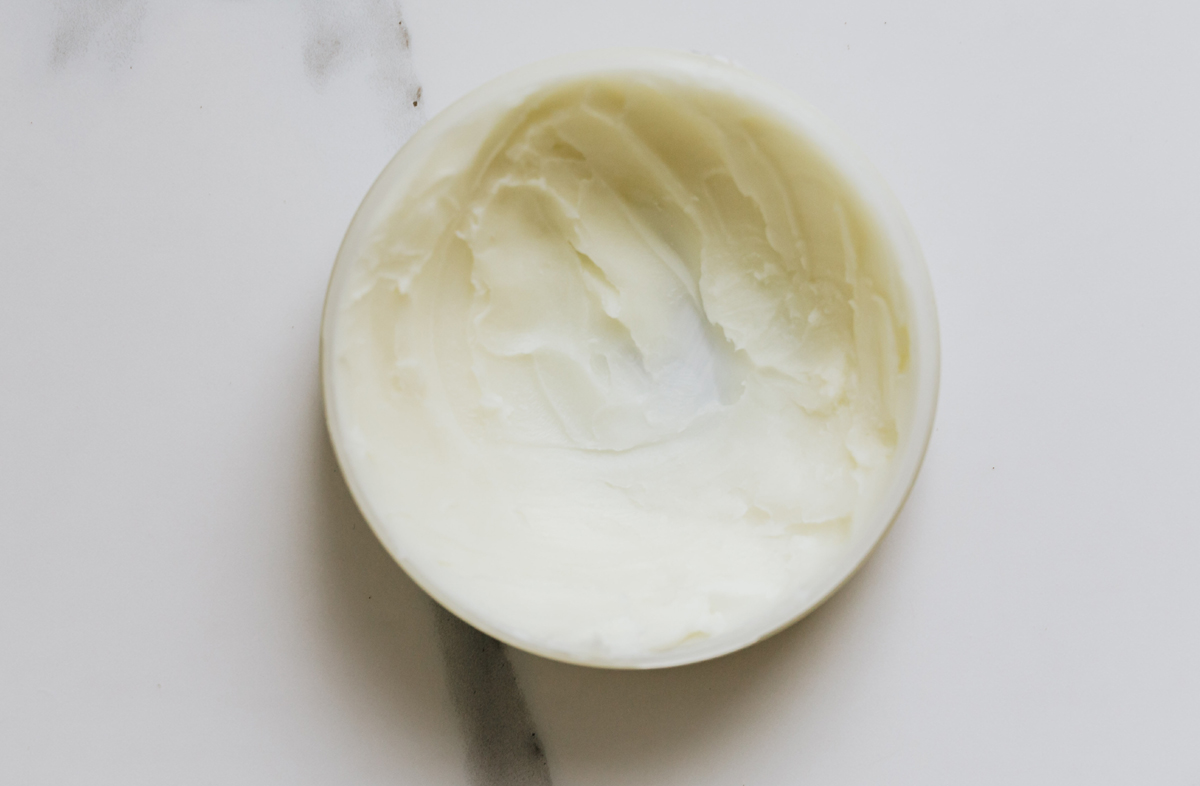Everything You Wanted to Know About Bee Sting Allergies

Honey bees attack people in two instances, when they feel their hive is attacked or when they themselves are threatened. When a honey bee attacks, it lodges its barbed sting into the victim’s skin. A normal reaction involves swelling, redness, pain at the site. However, if the person has bee sting allergy, the reaction is severe and it can even lead to death. In fact, about 40 to 50 people die from bee sting allergies, every year in the United States
Symptoms of Bee Sting Allergies:
If a person with bee sting allergies is stung, the hives would not be localized it but moves to other parts of the body. Following are the symptoms of bee sting allergy:
- Red, itchy hives which spread beyond the sting to other areas of the body
- Swelling of lips, mouth and throat
- Itchy, watery eyes and runny nose
Bee sting allergy can progress to anaphylaxis which is life threatening. The symptoms of anaphylaxis are low blood pressure, breathlessness, difficulty swallowing, dizziness etc. To stop the anaphylactic reaction, Epinephrine should be injected to the victim.
First Aid for Bee Sting:
Persons who are allergic to bee stings should immediately be administered epinephrine to prevent anaphylaxis and they should seek medical help. It is also important to remove the stinger out of the skin by scraping it or by flicking it. Avoid squeezing or pulling out the stinger. Apply cold compresses to the sting site for relief.
How to Avoid Being Stung?
If a person is allergic to bee sting, it is very important to take steps to avoid being stung. Here are a few tips:
- Prefer light-colored clothing. Avoid wearing bright colored clothes as bees are attracted to them.
- Bees are attracted to flowery perfumes. Hence, avoid wearing deodorants, colognes, perfumes with floral scents when entering into a bee or wasp colony
- If bee hives are around your place, make sure they are removed
- Avoid leaving food outdoors and close the dustbins, as bees are attracted to food
Bee Sting Allergy Testing:
An allergist can determine if you have bee sting allergy by conducting allergy tests. Blood tests ( RAST) and skin tests are used to test for bee sting allergy.
Bee Sting Allergy Treatment:
To prevent the progression of anaphylaxis one should use epinephrine. Self-injectable epinephrine such as Epi-Pen can be used by the victim. Epinephrine should be carried all the time to avoid an anaphylactic reaction.
Venom immunotherapy or allergy shots are long-term treatment option for those with bee allergies. This treatment involves administering minute amounts of allergen over a period of time. Gradually, the person would overcome bee allergies.
Medic-Alert bracelets could be worn by those who have bee sting allergies. This bracelet identifies the medical condition, allergies and enables the doctors to give proper treatment.
Getting yourself tested for bee allergies is the first step in overcoming them. Bee sting allergies are very dangerous and those who have this condition should carry a self-injectable epinephrine all the time.
The Author:
To find out more about Amitabh’s work and read articles written by him visit his Allergy Tips website








